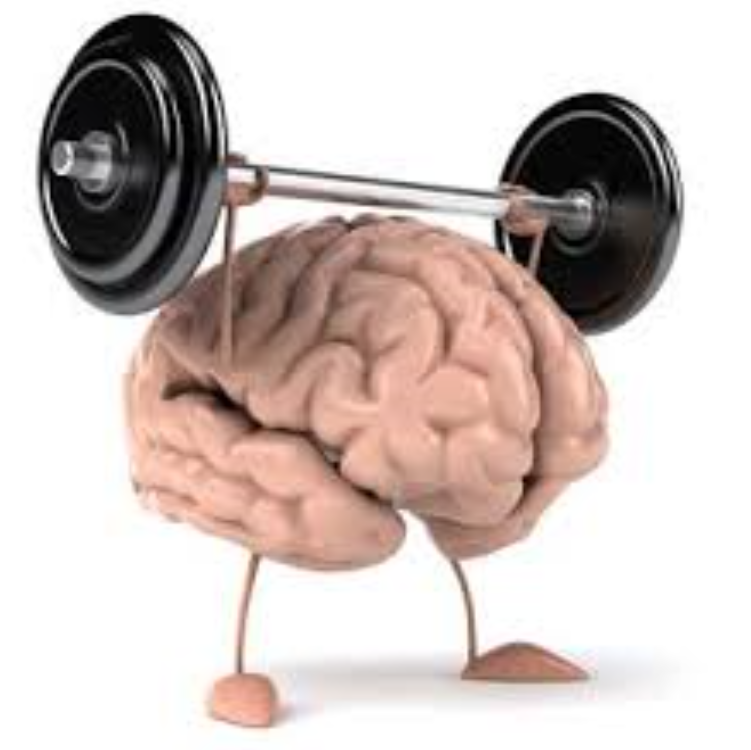ANNOTATING TEXT
In order to write a good summary, it is helpful to have annotated the material first. Annotation is merely a written conversation between the reader and the writer with the reader actively responding to the text. So pretend you are talking to the writer as you read. This exercise will help you find connections between ideas within the text with ideas in other sources. It will also help you form questions that could become paper topics. Remember, this is like any other skill – you have to practice in order to improve!
1) Sit at a desk or someplace where you will be comfortable writing. Lying down on a sofa is not conducive to serious reading.
2) Read a little slower than normal. Really try to absorb what the author is writing.
3) As you read, look for items you find interesting, significant, or that raise questions. (Sample comments: What is the author trying to say? I don’t understand this part. Look this up. )
a) Use stars, circles, arrows, lines, highlighting, and any other meaningful symbols to mark these things as you read. Assign different colors to elements (pink for questions, yellow for main points, orange for connecting ideas, etc.) Use arrows and lines to show related ideas in the text.
b) Write questions in the margins about the text; ex. What does this mean?
c) Note disagreements with the writer.
d) Put a line of text in your own words to aid understanding.
e) Circle any vocabulary words that are unfamiliar. Look up and note the definitions in the margin.
f) Make connections with the text. Ex. This makes me think of….
g) If you do not want to write in your book:
i) Use sticky notes in your book that can be transferred to another sheet of paper later.
ii) Use notebook paper with 2 columns, one for text and one for your corresponding notes.
h) Now go back and look at the marks you have made. Think about the connections you have found, questions you’ve raised. Why did you find that line interesting? What was the author trying to do?
Expect this process to take some time. Don’t hurry and try to be very thorough. The results are important because they will help you with the next step – using sources in your paper.






